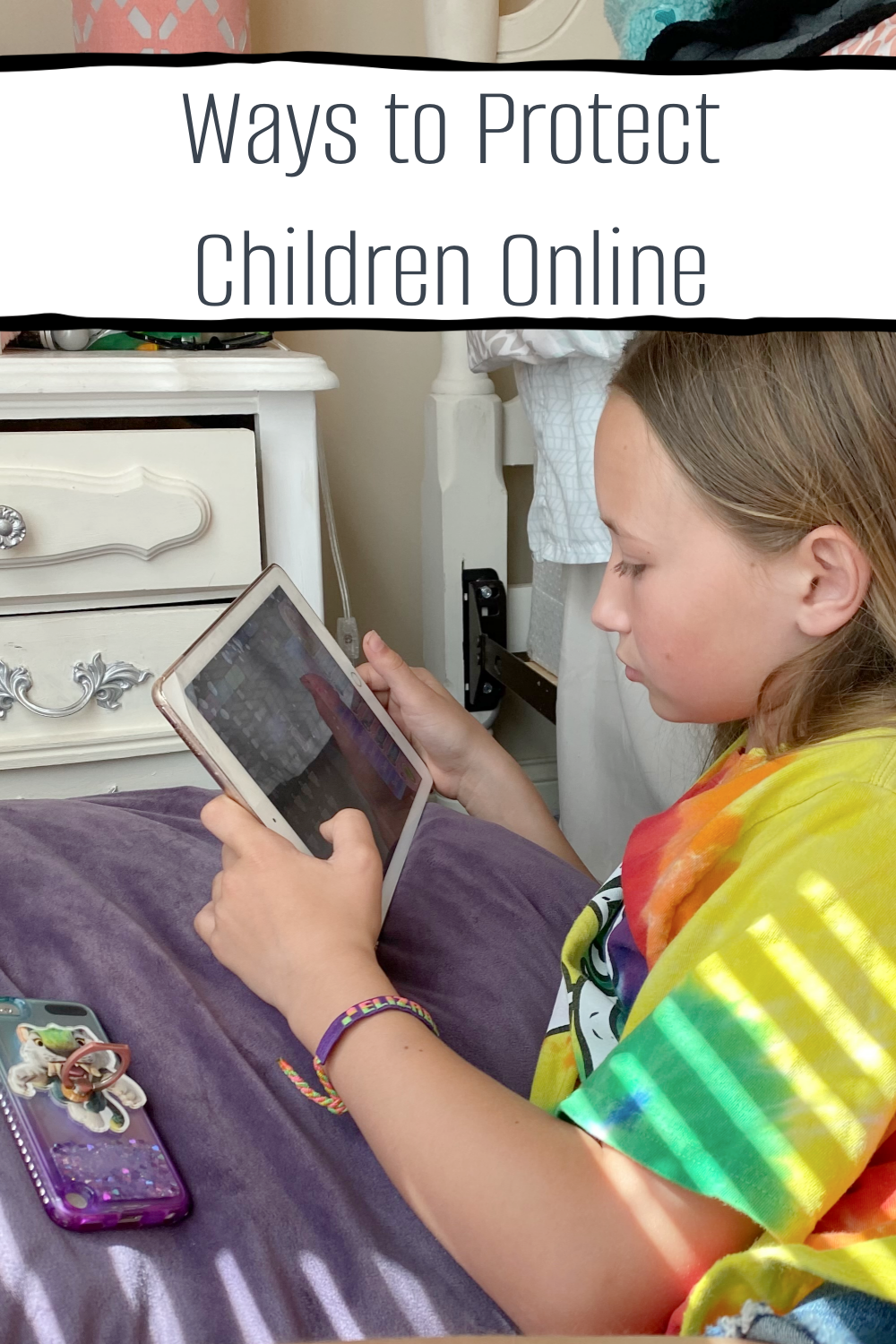Even so, vaccines can terrify and upset your child, and you might have trouble comforting them. In this case, you must prepare yourself and your child for the shot and have techniques to soothe them after their shot. Here are the tips you can use before and after vaccination to make it less painful and stressful.
Tips To Apply Before and During Your Child’s Shot
Children respond differently to shots depending on their age and development. Regardless, you should consider applying the following tips to make the vaccination less stressful:
1. Research On The Vaccine
Before visiting the healthcare facility, research the vaccine your child will take. Go on the internet to gather information on the shot and educate your child about it. If it’s your child’s first time getting a shot, ensure medical professionals conduct it to prevent bursitis from a vaccine due to wrong administration.
Write down any questions that you may have about the vaccine and ask your child’s doctor. Remember to also carry your child’s immunization record to the shot appointment, as this will help the doctor know what shot your child should be given.
2. Remain Calm During The Vaccination
Children respond to their parents’ actions and emotions. Therefore, you must remain calm and confident during your child’s shot. Avoid being scared or telling them scary stories about the injection. Instead, maintain positivity to relieve your child’s anxiety and fear and encourage them about the benefits of the shot.
3. Breastfeed Your Child
Breastfeeding your infants and toddlers can help relax and calm them down. It can also distract them from the ongoing injection process performed by the doctor. You can also use breastfeeding for close contact, which may relieve them from pain as they receive their shot.
4. Be Honest With Your Child
Older children are mature enough to know about vaccination, so it’s better to be honest with them and explain the situation as simply as possible. Validate their feelings and concerns and allow them to sit on your lap or distract them with a little game or story. For example, inform them that the shot will feel like a pinch or sting but wear out quickly.
Remind them that the shot is also good for their health and will keep them healthy and strong. If your child has inquiries about the shot, answer them confidently in a way they’ll understand.
5. Bring Their Favorite Toy
Carry your child’s favorite toy, book, or blanket to calm and keep them relaxed during their shot. It also helps distract them from the needle and makes the shot administration tension free. Confirm with your child’s doctor before bringing the toys into the room.
6. Support Your Child When Taking A Shot
It’s normal for your child to fear the needle when receiving their shot. However, refrain from yelling or debating with them, as this may make them hesitant about having the vaccine. Instead, talk to them in a soothing voice and do the following:
- Smile and maintain eye contact
- Hold their hand
- Sit them on your lap
- Sing their favorite song or lullaby
- Take slow and deep breaths with them to breathe out the ‘pain’
Consider the appropriate support technique for your child, depending on their age and development.
Tips To Apply After Your Child’s Shot
Once your child has received the shot, you can do the following to calm them and reduce the reactions from the injection:
1. Ease The Injection’s Side Effects
The doctor will inform you to wait 15 minutes to examine your child for any reaction to the shot. If your child is experiencing a fever as a side effect, reduce it with a lukewarm sponge bath. You can also request your child’s doctor for a non-Aspirin pain reliever to minimize the shot’s side effects.
The area that received the shot will turn red and may be uncomfortable for your child. In this case, use a cool and damp cloth to minimize the redness and soreness. You can also apply gentle pressure and rub the injection area to reduce the pain from the shot to reduce their discomfort.
2. Soothe Your Child
Soothing your child is another method to relieve your child’s shot pain. You can use the following methods to ease your child after the shot:
- Breastfeed for pain relief: Breastmilk has a sweet solution that reduces an infant’s pain after an injection. Therefore, it acts as a pain relief for the baby and provides the necessary nutrients.
- Praise your child for being brave when taking the shot: A positive remark will make your child feel better about it. Your child will also be confident about the next doctor’s appointment.
- Reward your child after the doctor’s visit: Rewarding your child for cooperating during the vaccination helps sway their thoughts from the injection pain, if any. You can buy them a sweet snack or take them to a fun recreational park to make their day.
However, you know your child best, so you should soothe them in a way you know works for them.
3. Place Your Child In A Comfortable Position
There are different comfort positions for children depending on their age that make them feel secure and safe. Cradling your infant in a blanket, giving your child a big hug, or any form of physical contact can distract from the shot’s pain.
Conclusion
Immunization is essential for your child’s health and is highly recommended by medical professionals. They’re also safe and effective, and applying the above tips will make immunization easier and less stressful for your child. Remember to praise your child for their confidence in taking the shot and reward them with their favorite item to be confident for the next shot.









No comments
Thank you for dropping by! I would love to hear what you thought. :)
Thanks!
♥,
Diana